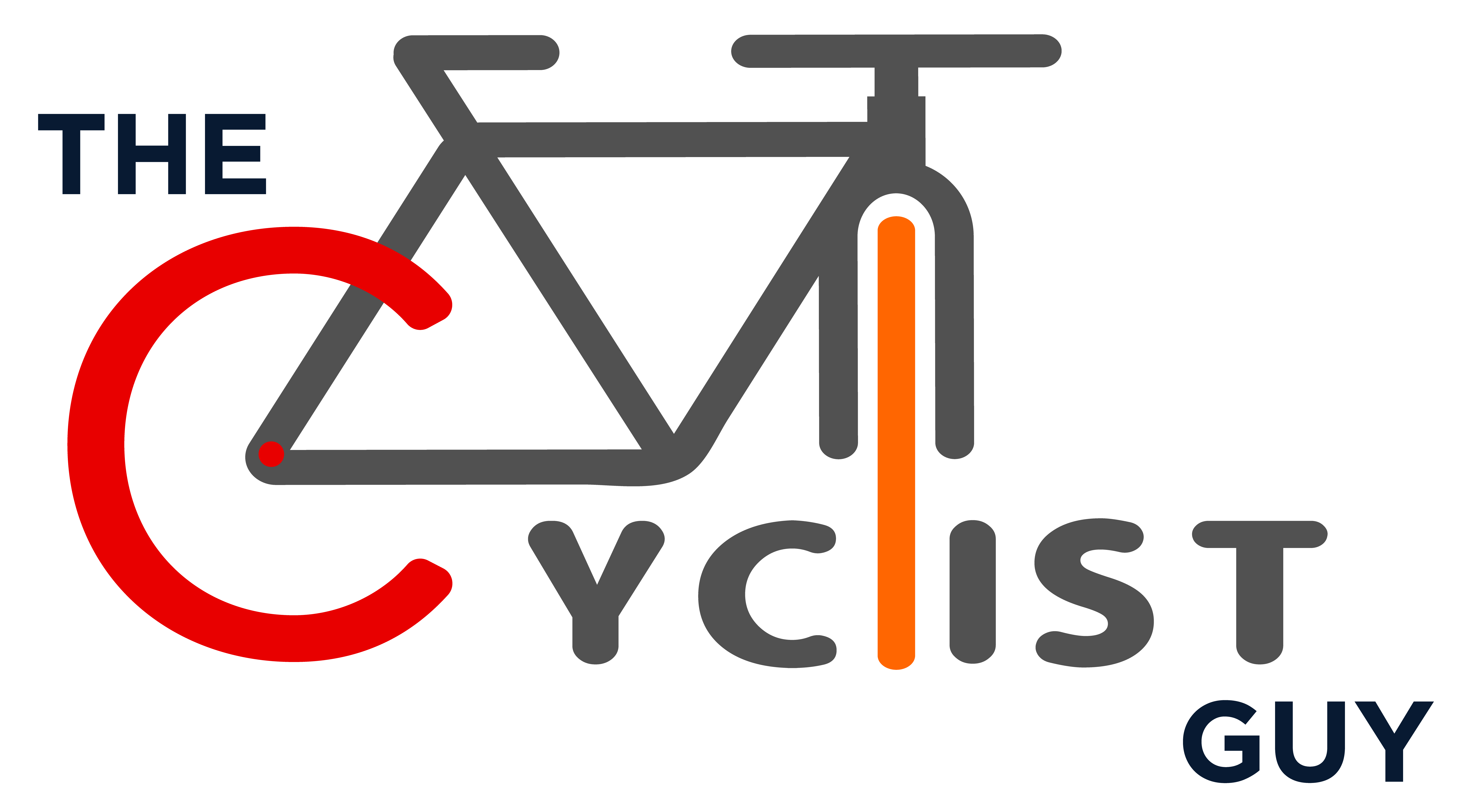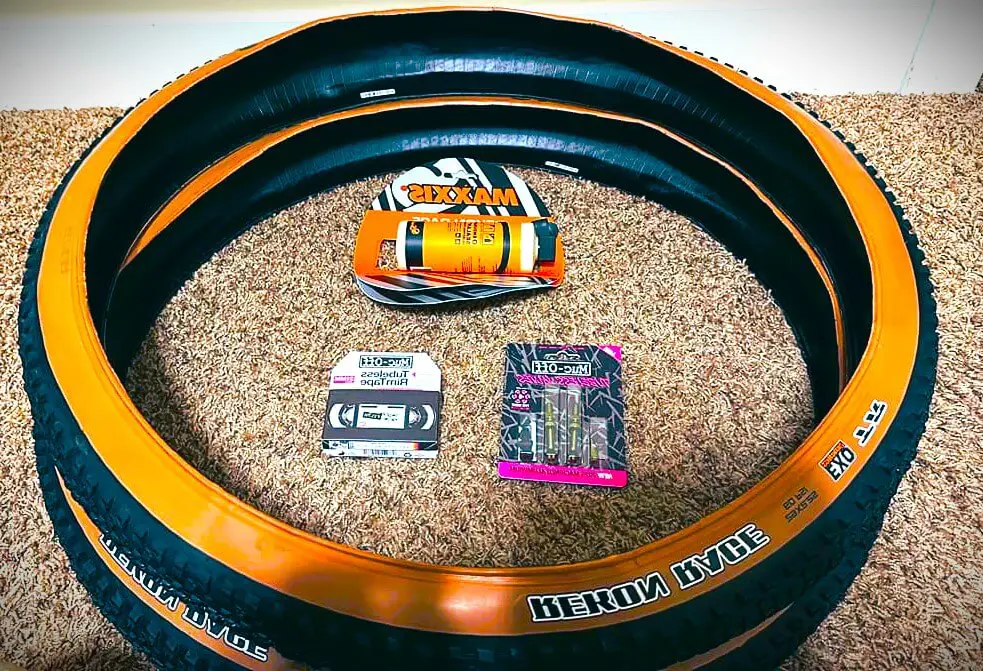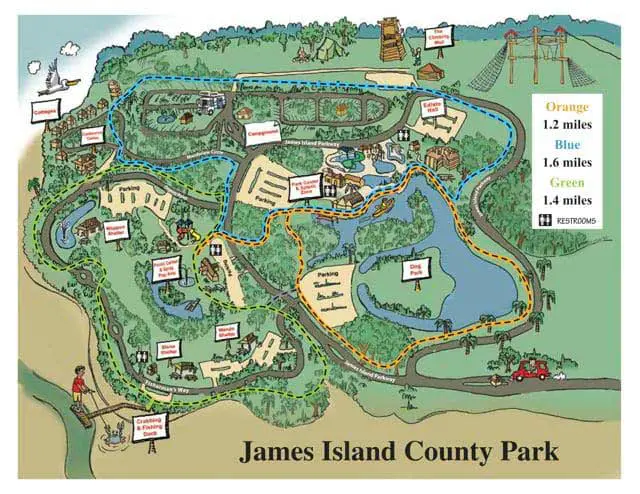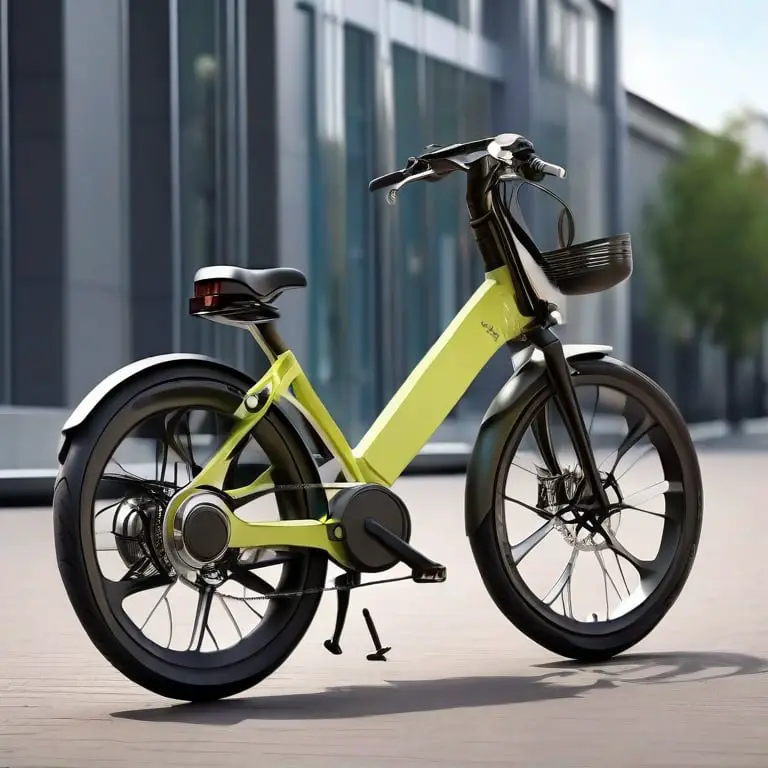Cycle Training for Triathlon: Boost Endurance & Speed!
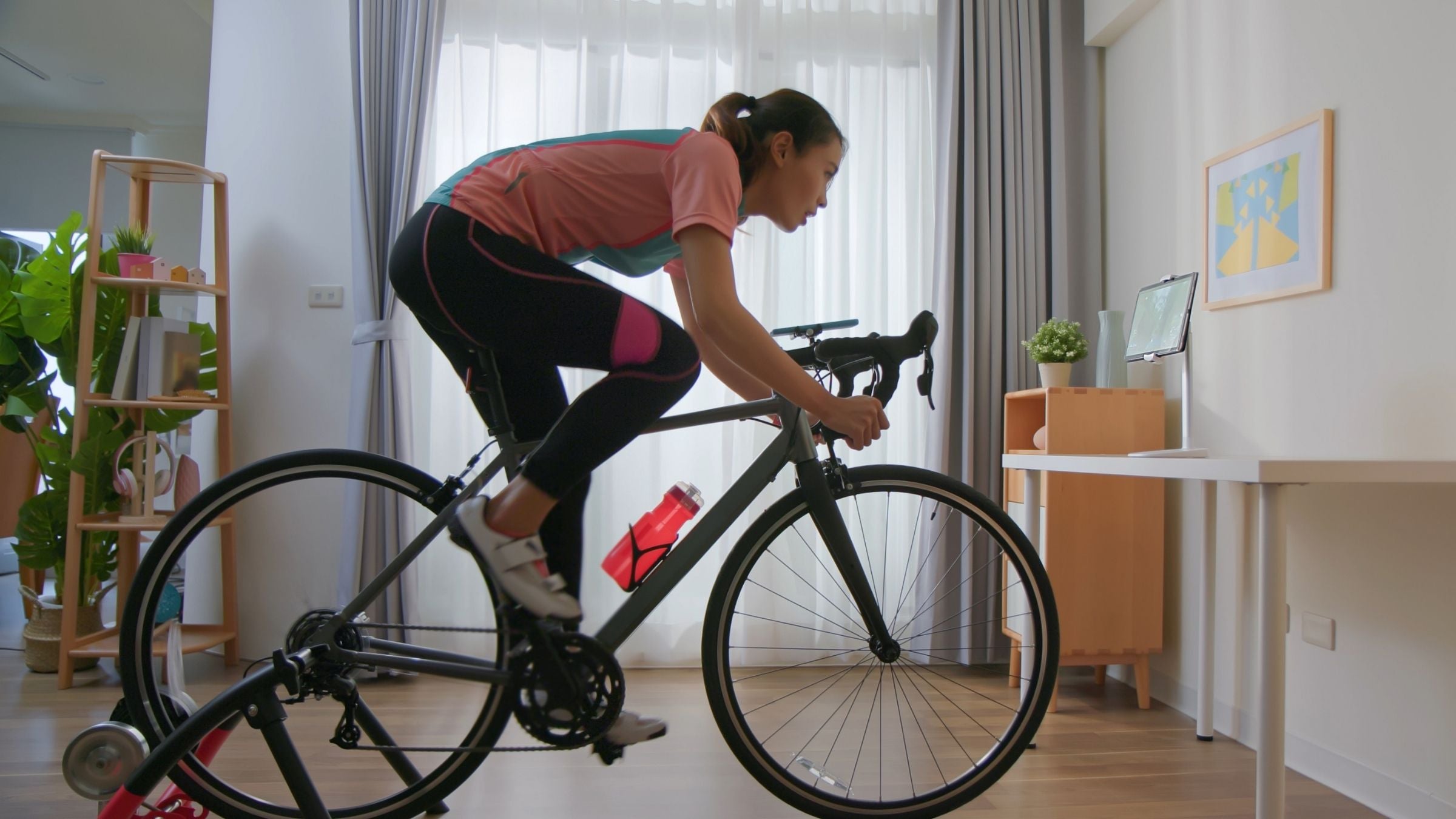
As an affiliate, we may earn from qualifying purchases. We get commissions for purchases made through links on this website. You can read more on our Affiliate Disclaimer here.
Cycle training for triathlon enhances endurance, speed, and efficiency. It prepares athletes for the cycling segment of a triathlon.
Cycle training is crucial for triathletes aiming to improve their performance. Effective training plans include interval workouts, long rides, and recovery sessions. Focusing on technique, such as maintaining a steady cadence and efficient pedaling, can significantly boost performance. Consistency in training is key, ensuring gradual improvement and avoiding injury.
Including strength training helps build muscle endurance. Monitoring progress with metrics like heart rate and power output can guide adjustments. Nutrition and hydration strategies are vital for sustained energy during long rides.
Proper bike fitting prevents discomfort and enhances efficiency. By integrating these elements, triathletes can achieve optimal results in their cycling performance.

Credit: www.d3multisport.com
The Triathlete’s Journey: Embracing Cycle Training
Cycling is a key part of triathlons. It helps build strong legs and lungs. Triathletes need to bike long distances. Strong cycling skills save energy for swimming and running. It also helps maintain a steady pace. Good cycling form prevents injuries.
Training on a bike improves overall endurance. A triathlete with strong cycling will perform better. Biking is both fun and challenging. It offers great outdoor experiences. It’s important to train regularly.
Setting goals is crucial for triathletes. Some aim for endurance, others for speed. Endurance means riding longer distances. Speed means riding faster. Both are important in triathlons. Endurance training builds stamina.
Speed training improves race times. Balancing both gives the best results. Create a training plan that includes both. Track your progress regularly. Adjust your goals as needed. Stay consistent and motivated. Celebrate small victories along the way.
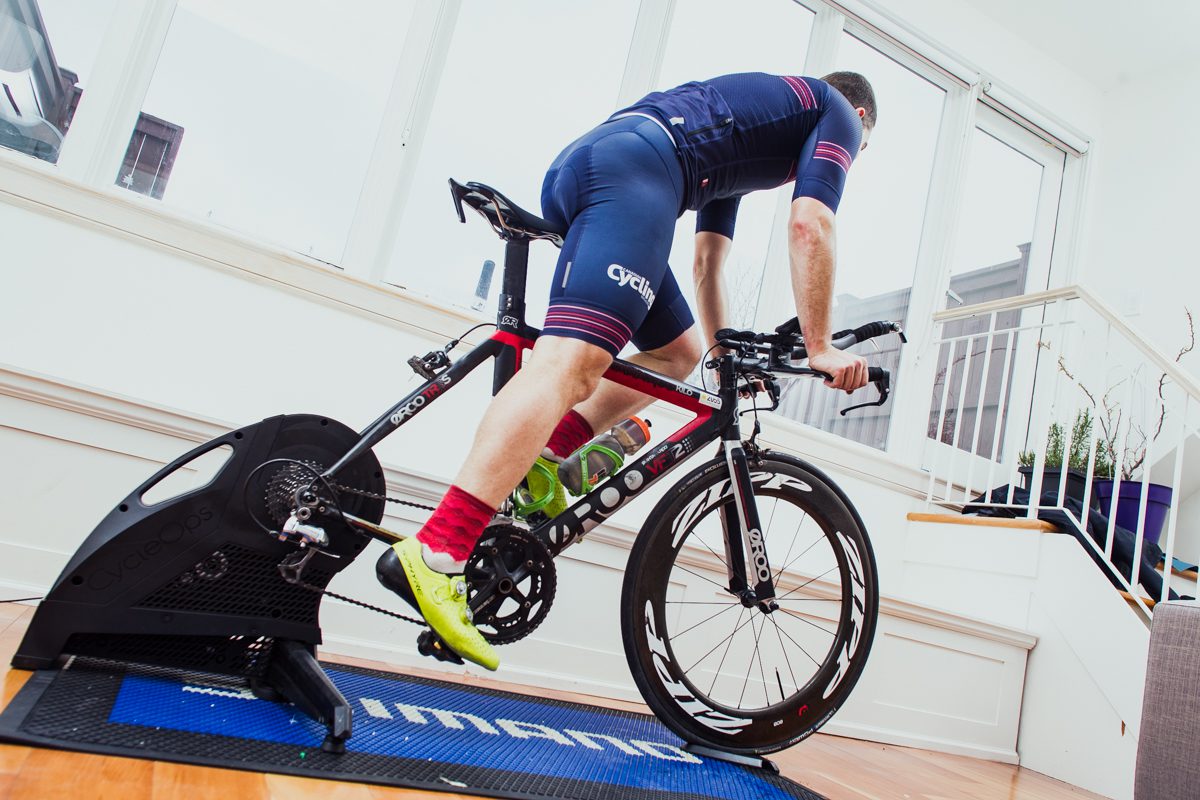
Credit: triathlonmagazine.ca
Gear Up: Essential Equipment For Success
The right bike makes a big difference. Look for a lightweight frame. This helps you ride faster. Road bikes are popular for triathlons. They have thin tires. This reduces friction. Aero bars can also help. They make you more aerodynamic.
A good helmet is essential. It keeps your head safe. Cycling shoes improve your performance. They make pedaling easier. A water bottle keeps you hydrated.
Bike lights are useful for early morning or late evening rides. A bike pump is also necessary. It ensures your tires are always inflated.
Developing A Tailored Training Plan
Crafting a personalized training plan optimizes cycle training for triathlon athletes. Tailored programs enhance performance, endurance, and recovery, ensuring peak readiness for race day.
Assessing Your Current Fitness Level
Start by measuring your current fitness level. Note your cycling speed and endurance. Track your heart rate during different efforts. This helps identify your strengths and weaknesses. Use this data to set realistic goals.
Balancing Three Disciplines
Triathlon training involves swimming, cycling, and running. It’s essential to balance your time between these three disciplines. Create a weekly schedule that includes all three activities. Make sure to vary your workouts to avoid burnout.
Building Endurance: The Long Ride Strategy
Start with a comfortable distance. Increase your distance by 10% each week. This helps your body adjust. Consistency is key to building endurance. Track your progress and make notes. Rest days are important for recovery. Listen to your body and avoid injuries. Cycling regularly improves stamina over time.
Stay hydrated throughout your ride. Bring a water bottle or hydration pack. Eat small snacks every 30 minutes. Energy bars, gels, and fruits are good choices. Avoid high-sugar snacks to prevent crashes.
Practice eating and drinking while cycling. This prepares you for race day. Monitor your energy levels and adjust intake as needed.
Speed Work: Interval Training Sessions
High-intensity intervals help build speed. Short bursts of intense effort followed by rest periods are key. For example, pedal hard for 30 seconds. Then, rest for 1 minute. Repeat this cycle for 20 minutes.
This method increases stamina and power. It is important to stay consistent with your training. Always track your progress. This helps in adjusting your intervals for better results.
Recovery is vital in speed training. Your muscles need time to heal. Rest days prevent injury and improve performance. Light activities like walking are good during recovery. Proper sleep and nutrition aid in recovery.
Always listen to your body. If you feel sore, take extra rest. Hydration also plays a key role in recovery. Drink plenty of water before and after workouts.
Strength And Flexibility: Off-the-bike Workouts
Strong core muscles help you balance on the bike. Planks are great for the core. Hold a plank for 30 seconds. Gradually increase the time. Sit-ups also strengthen the core. Do 15 sit-ups daily. Bicycle crunches target the abs and legs. Repeat 10 times for each side. Try to keep your back flat during exercises. Consistency is key for results.
Stretching improves flexibility and reduces injury risk. Start with hamstring stretches. Hold each stretch for 20 seconds. Stretch your calves by leaning against a wall.
Quadriceps stretches are important. Pull your ankle towards your buttock. Repeat for the other leg. Don’t forget to stretch your back and shoulders. This helps you stay loose and relaxed.
Tracking Progress And Adjusting Your Training
Tracking your heart rate is very important. Heart rate shows how hard you are working. Speed and distance are also key. They help measure how fast and far you can go. Cadence is another metric. It measures pedal strokes per minute. Power output shows how much energy you use. Use a bike computer to track these metrics.
If progress slows down, it may be time to change. Feeling too tired can also be a sign. Injuries can mean you need to rest. Not meeting goals may require a new plan. Talk to a coach if unsure.
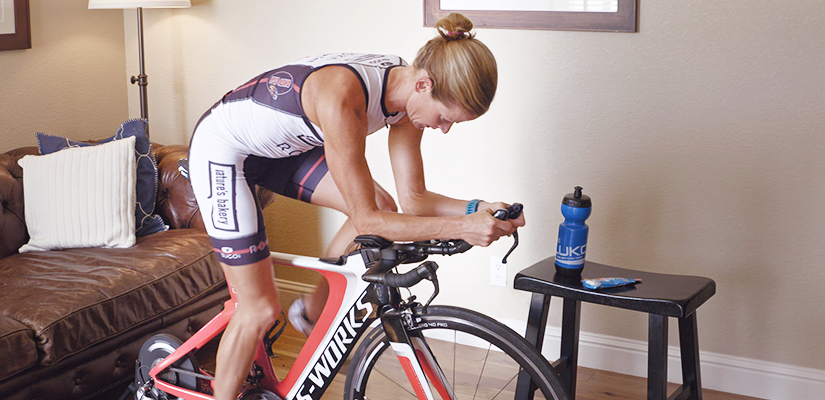
Credit: www.trainerroad.com
Race Day Preparation: Tapering And Strategy
Tapering is crucial before a triathlon. Reduce your training load gradually. This helps your muscles recover. Your body needs to be fresh.
Keep your workouts short but intense. Focus on maintaining your fitness level. Do not over-train during this period. Proper rest is essential. Stay hydrated and eat well-balanced meals.
Plan your race day strategy in advance. Know your strengths and weaknesses. Set realistic goals for each segment. Have a nutrition plan ready.
Prepare your gear the night before. Ensure everything is in order. Arrive early at the race venue. This reduces stress and allows for a smooth start.
Frequently Asked Questions
How To Train For Cycling For Triathlon?
Train for cycling in triathlon by incorporating interval training, long rides, and hill workouts. Balance intensity and rest.
Can You Train For A Triathlon On An Exercise Bike?
Yes, you can train for a triathlon on an exercise bike. It helps build cycling endurance and strength.
How To Improve Cycle Time For Triathlon?
Improve your triathlon cycle time by optimizing bike fit, incorporating interval training, maintaining a consistent cadence, and focusing on nutrition and hydration.
Can You Use A Peloton To Train For A Triathlon?
Yes, you can use a Peloton to train for a triathlon. Peloton offers cycling, running, and strength classes.
How Often Should I Cycle For Triathlon Training?
Cycling three to four times a week is ideal. Balance it with swimming and running for optimal training.
Conclusion
Mastering cycle training is crucial for triathlon success. Consistent practice builds endurance, strength, and technique. Tailor your plan to your goals and fitness level. Stay motivated and track progress.
With dedication, you’ll see improvements. Keep pushing your limits and enjoy the journey to becoming a better triathlete.
Happy training!

Steven is a professional cyclist and his passion is cycling. He has been cycling for the last 6 years and he loves using bikes while outing as well. Based on his experiences with the different types of bikes; he is sharing his opinions about various bikes so that a beginner can start right away. Find him on Twitter @thecyclistguy Happy Biking.
